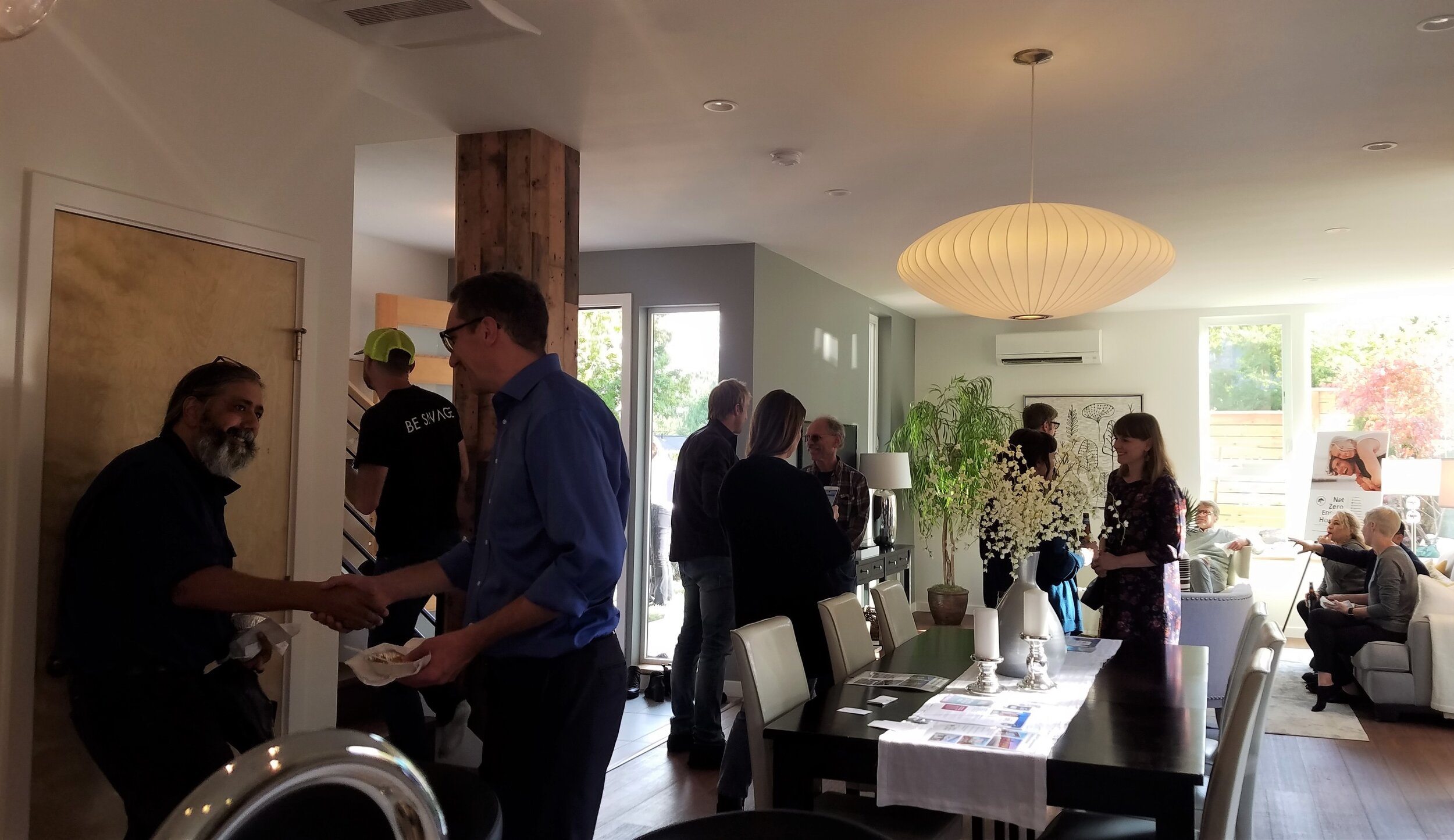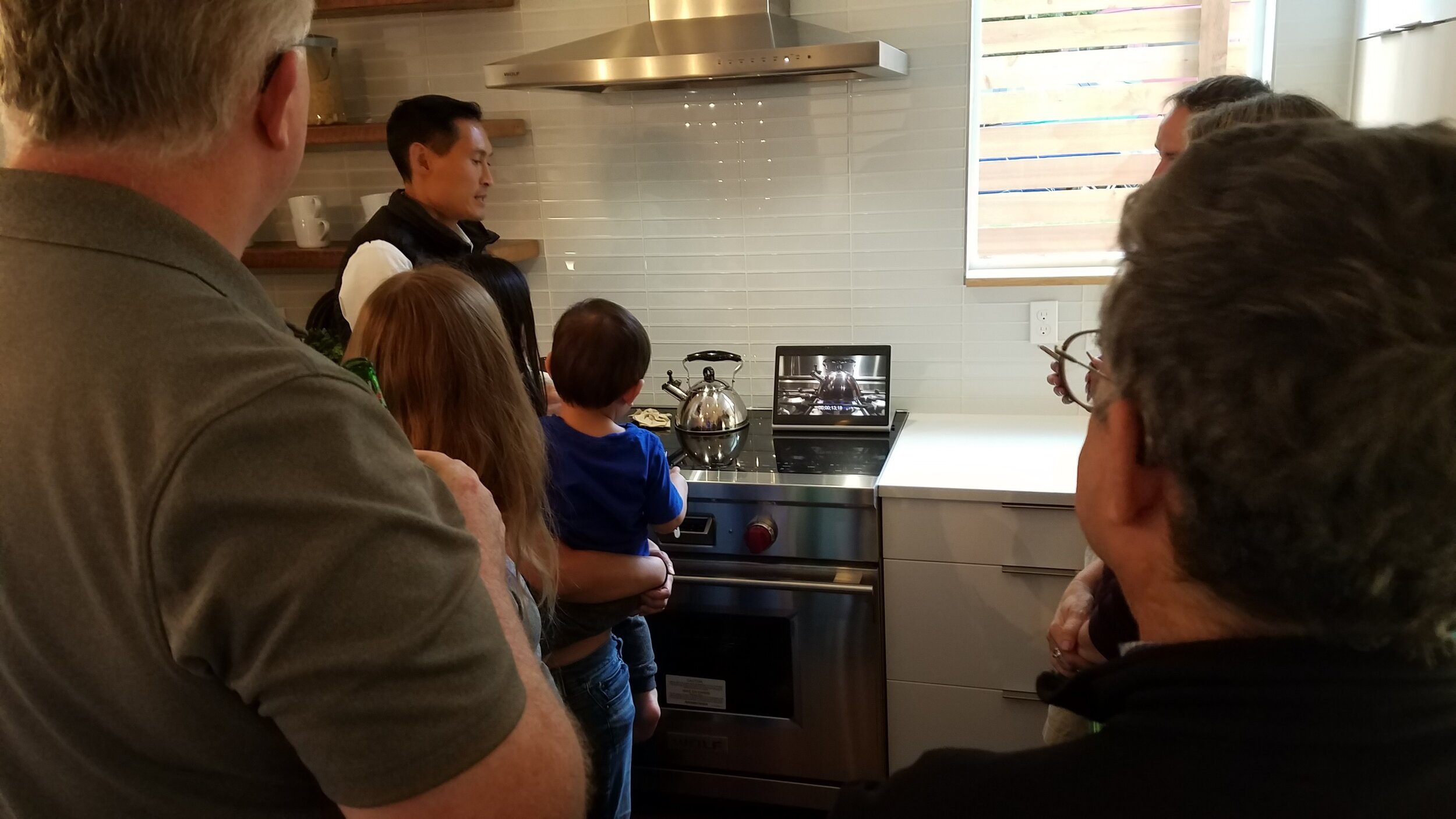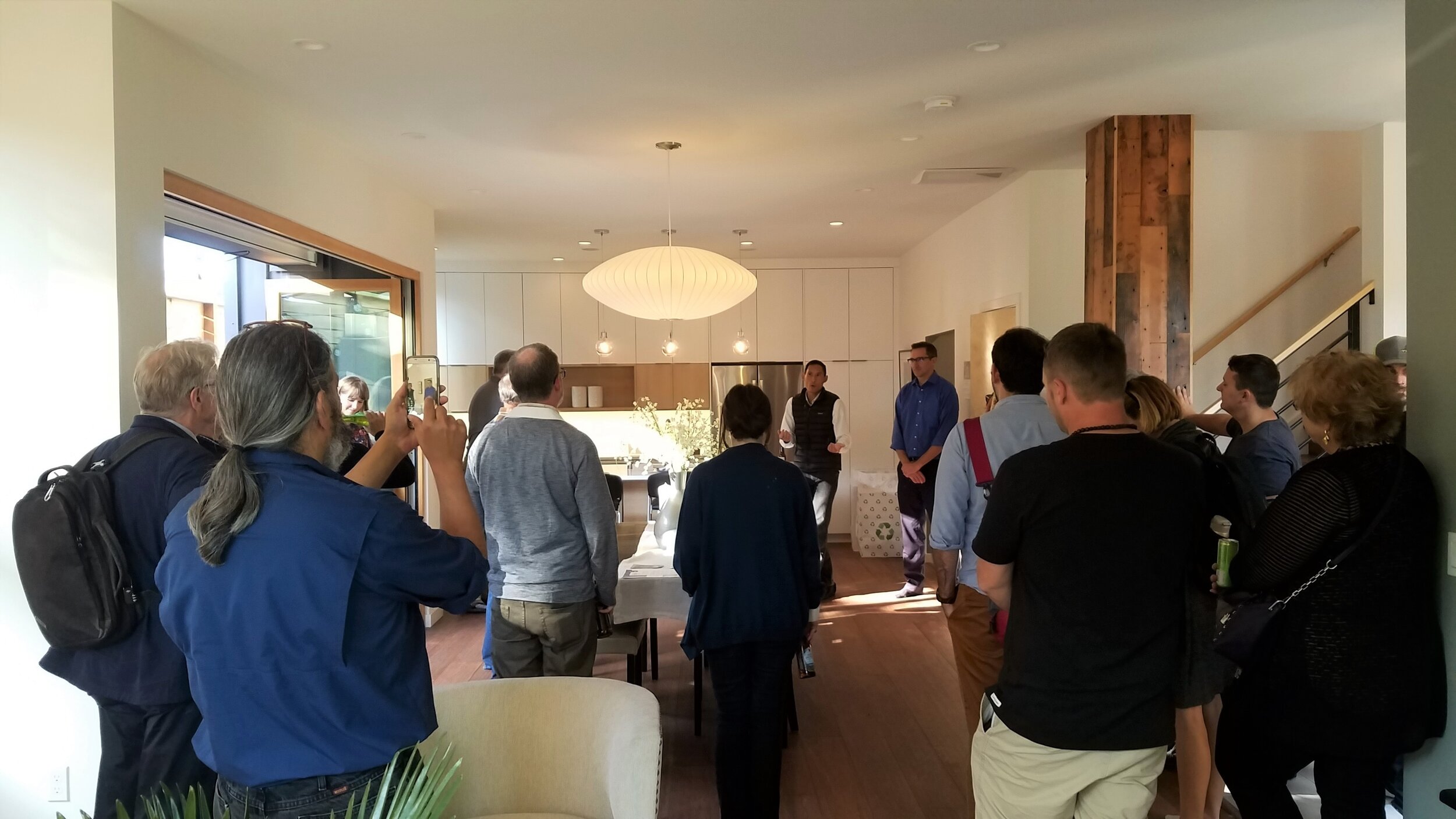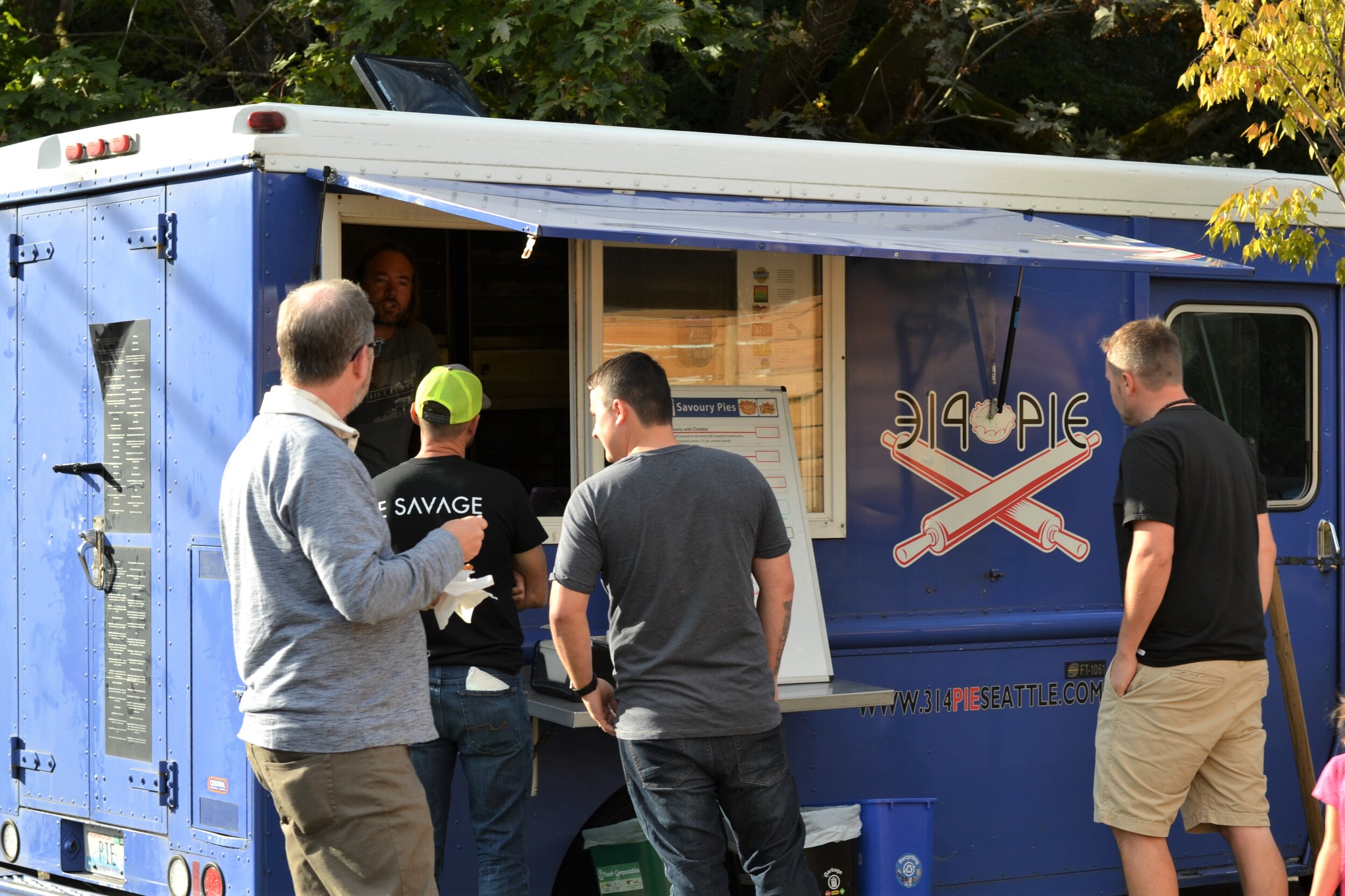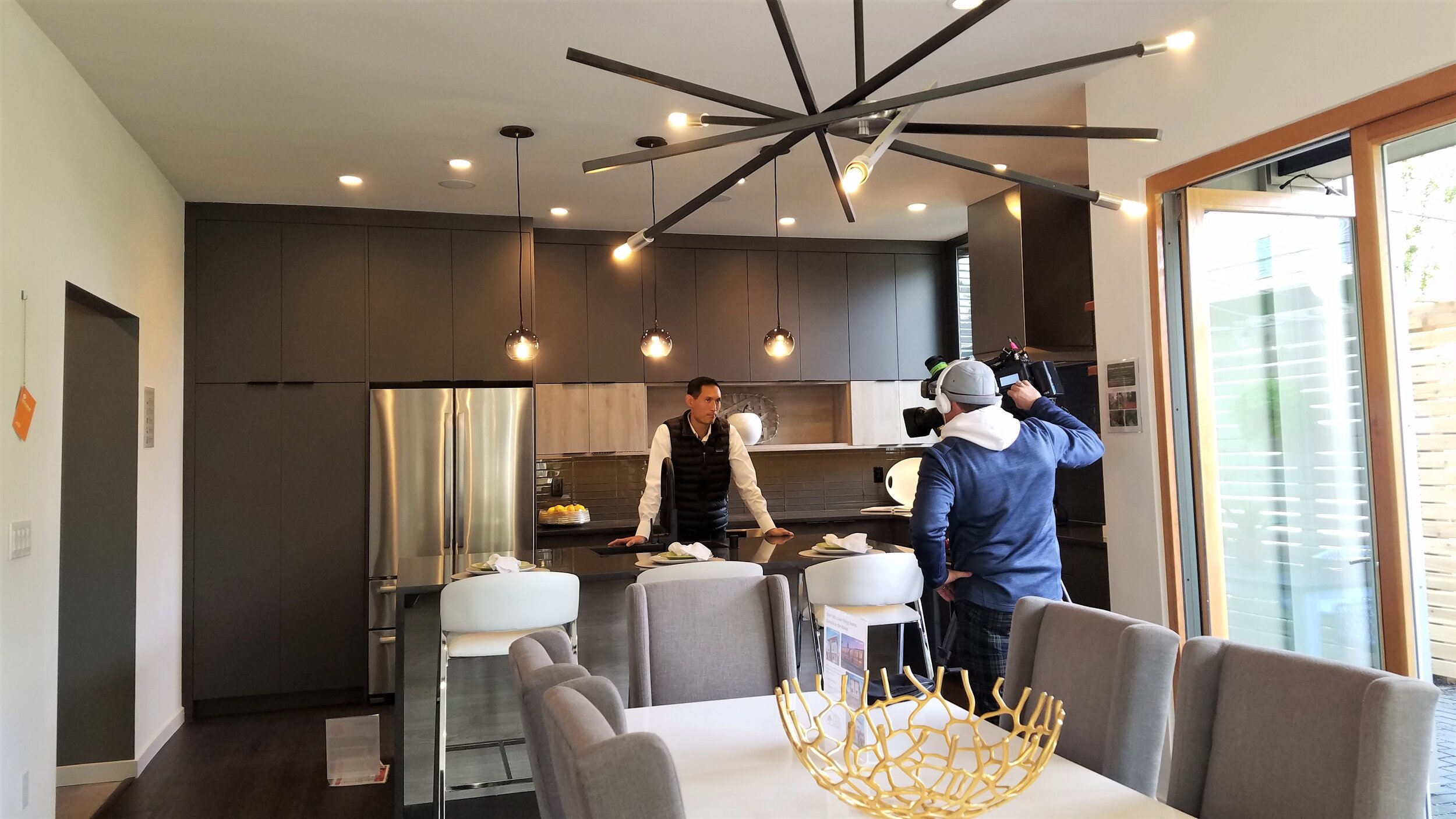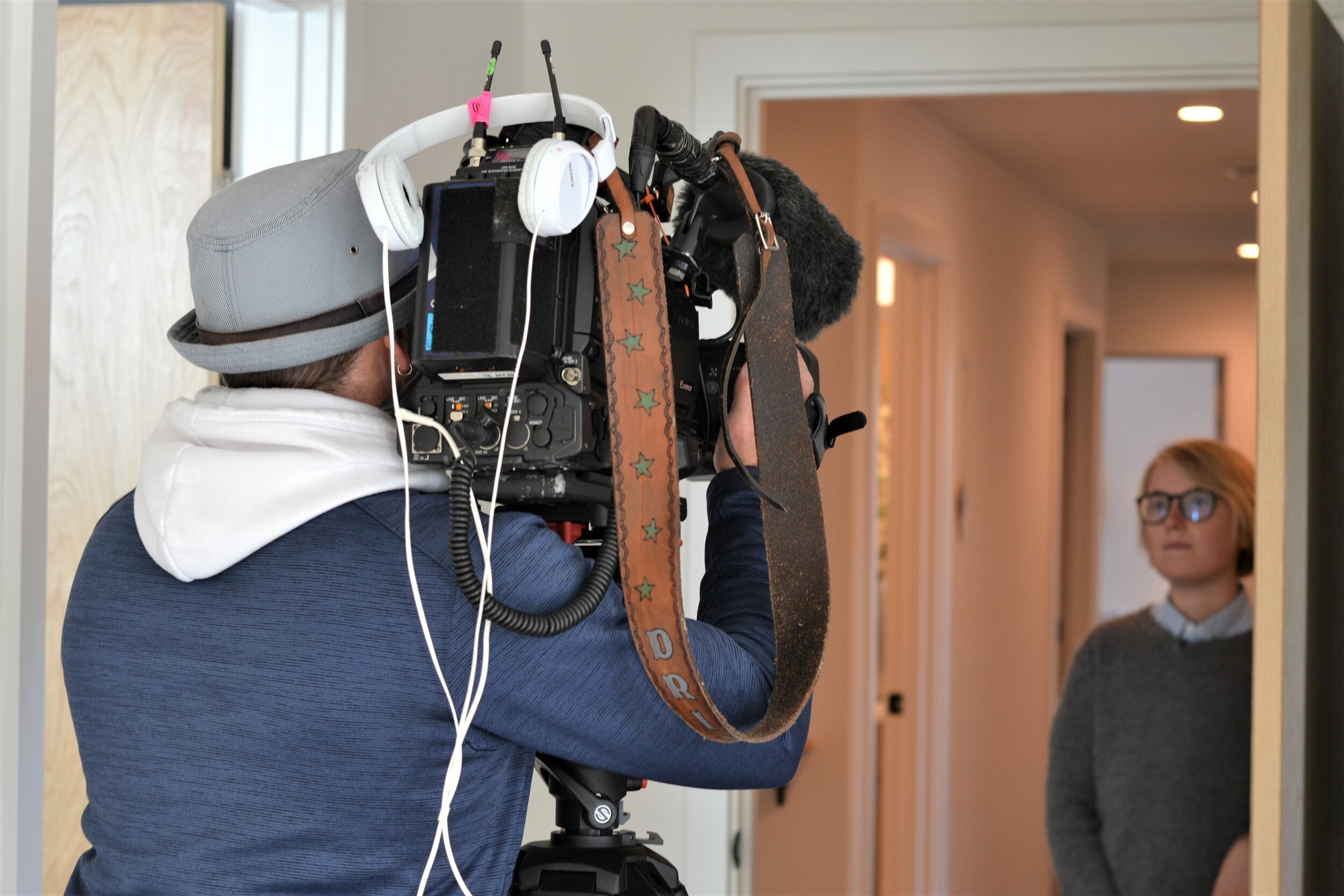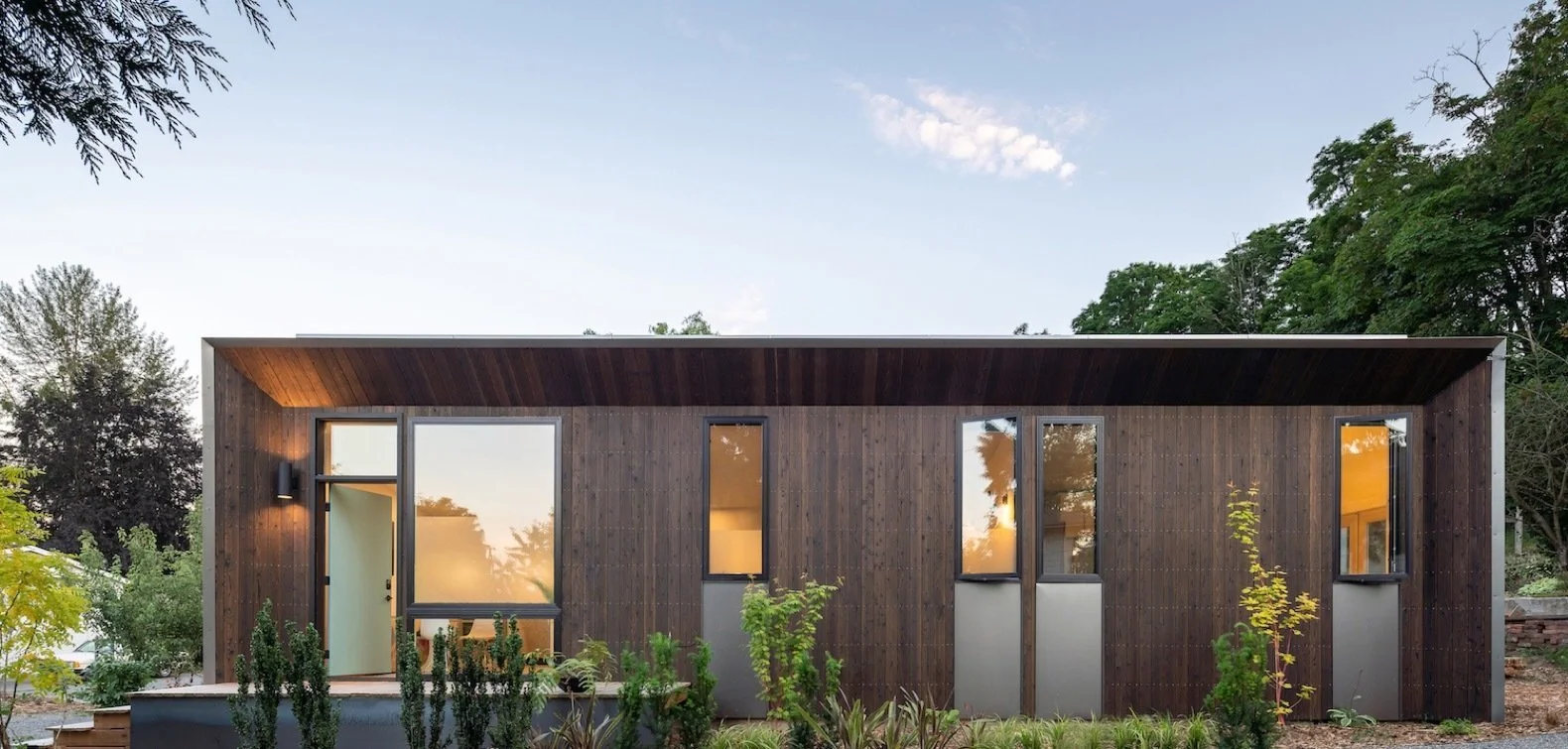By Aaron Fairchild
I am excited to share the most inspiring collaborative effort I have been a part of. Goodwill Baptist Church, an African American church in Seattle’s Central District, is hosting a conversation during their Sunday morning service to talk about their community development vision. Their approach and vision has opened my eyes in many ways. You see, I came to my work at Green Canopy through an earnest desire to help resolve the dichotomy between our civilization’s behavior and the environment upon which we rely. As I continue my journey, I become increasingly aware of the many issues facing our civilization. And the most significant of these, I believe, is our difficulty coming together to be whole.
To resolve the dichotomy of the civilized [world] and the wild [environment], we must first resolve to be whole.
- Gary Snyder
This is what people call for when explaining Black Lives Matter. Not that everybody else doesn’t matter, but that society is not whole until we collectively lift up Black lives and bring them into a shared wholeness of opportunity and prosperity. Lifting up the Black Church is a regenerative effort in many aspects. By helping to empower this community to develop their land, we help lift up a cornerstone of the African American culture and contribute to our collective wholeness! Learn more about the importance of the Black Church in the African American culture and why helping the Black Church is so important.
I would like to invite you to join this conversation during their normal Sunday service via a Facebook livestream, this Sunday, August 16th at 10am. I hope you can join me in this regenerative effort that expands outward beyond Goodwill Baptist Church.
The Goodwill Baptist Church Development Plan
In 2017 I had the pleasure of meeting Bishop Garry Tyson of Goodwill Baptist Church. He reached out to Green Canopy to discuss a property owned by the church. He shared with me that over the last decade, 12 Black churches in the Central District have felt forced to sell their land as victims of the ongoing epidemic of displacement. At our meeting Bishop Tyson invited me to join him on a journey of empowerment, collaboration and friendship that continues today with routine meetings to identify partners and iterate development approaches.
Through a collaboration with the College of the Built Environment at the University of Washington, the Nehemiah Initiative, and Green Canopy; Goodwill Baptist has developed a generative approach to help build a more beloved community in the Central District. Goodwill Baptist will develop their property in three phases as an example of what we can accomplish working together. Phase One, at a high level, will focus on affordable housing for families in a deep green apartment building constructed on a their vacant, grass parking lot. Phases Two and Three will focus on sustainable mixed use and mixed income projects.
The development decisions for all three phases are led by the Church and African American led organizations, with the shared desire to hire second chance employees to construct these projects through the general contractor, Square Peg Developers and their partner WELD. Green Canopy will continue in support of Goodwill Baptist and the development team to help ensure the highest degree of quality and sustainability can be most cost-effectively achieved.
In order to advance the work of Phase One, the Goodwill Baptist’s development team, led by developer and property manager Urban Black and architect Donald King (members of the Nehemiah Initiative), need to complete the pre-development work. Until now, the work has been a labor of shared commitment. So, Goodwill Baptist Church is seeking charitable contributions to help raise a minimum of $50,000 to complete the pre-development work.
I would like to invite you to consider contributing to Goodwill Baptist’s Building Fund and joining us on Sunday’s livestream at 10am.
Contribute to the Building Fund
$50,000, a relatively minor sum, is necessary to fund the initial part of the pre-development work required to complete the community engagement, development plan and concept design. Once there, the church’s development team will continue to raise any additional funds needed to complete the full permit package and pay permitting fees. This will also allow serious conversations for construction and long-term financing to begin. A collective giving effort to help empower this community to develop their land is the first step toward building the broad base of support necessary to activate the Beloved Community of Reverend Dr. Martin Luther King’s vision for the Central District and our region.
Dr. King’s Beloved Community is a global vision of wholeness, in which all people can share in the wealth of the earth. In Dr. King’s vision of Beloved Community, poverty, hunger, and homelessness will not be tolerated because the structures of our collective human decency will not allow it. Racism and all forms of discrimination, bigotry, and prejudice will be replaced by an all-inclusive spirit of sisterhood and brotherhood; wholeness. Only through the wholeness a beloved community has to offer can the dichotomy of the civilized world and our environment be resolved. The approach that Bishop Tyson has taken is a restoration to wholeness; a beloved community development approach. Contribute and be a part of helping to midwife a future that generations to come will be grateful to inherit.























